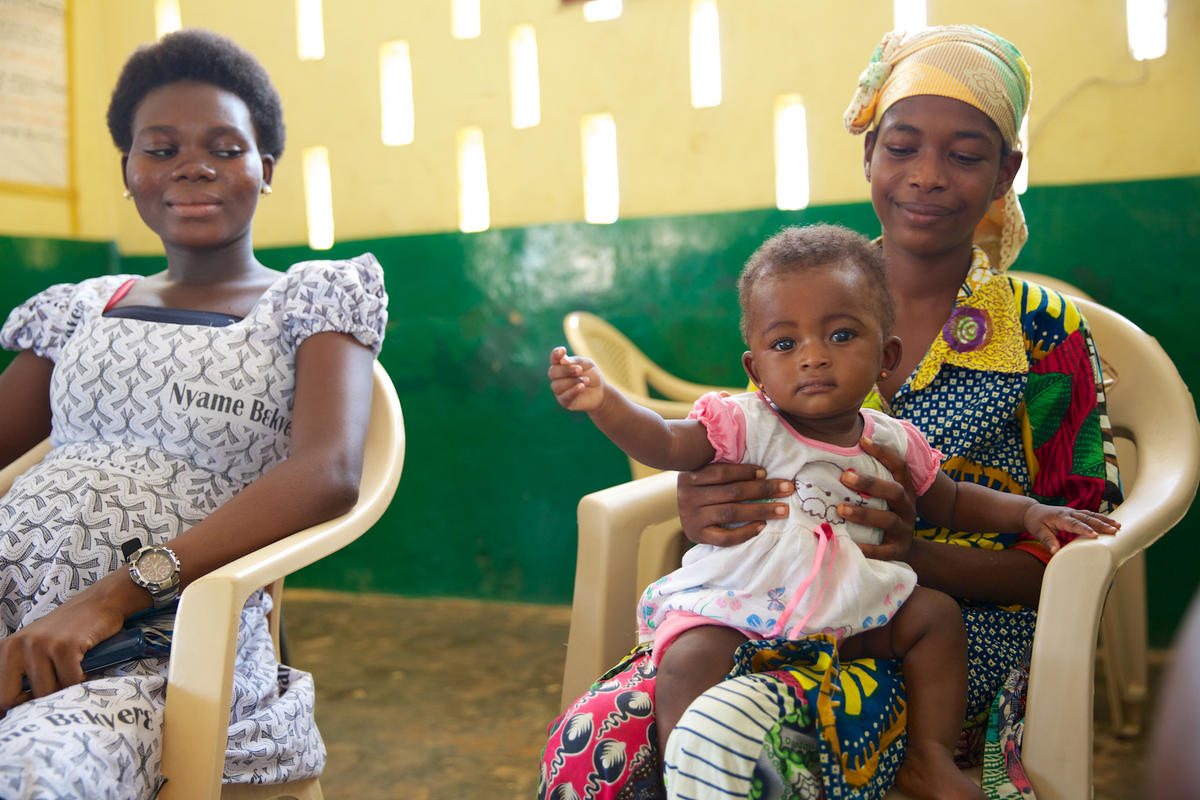Models and Platforms
Implementation Models
There are several models for an integrated SBCC program to follow:
Implementation Model: Add-On (Building on Existing Models)
Integrating new topics into an existing single-topic SBCC program builds on the existing program’s infrastructure to reduce costs and achieve rapid results. Leveraging existing program resources, community agents and community structures that have already demonstrated success in effectively bringing people together facilitates the quick scale-up of an expanded program model. The target audience benefits from the cumulative effect of the integrated model and continued SBCC efforts.
Perhaps the primary consideration for adding new topics, behaviors or products to an existing brand is ensuring there will be no conflict among brand elements and that existing elements are refreshed, if necessary, to avoid losing traction as new elements are introduced.
Program Experience
(When you see a Program Experience, simply click on the photo to read insights from real integrated SBCC programs.)
Implementation Model: Phased Implementation
Phasing in interventions over time can improve the likelihood of program success by presenting information in progressively manageable “chunks”. By packaging messages in smaller, easily understood and doable pieces, the target audience is more likely to learn and succeed. Rather than exposing them to too much too soon, the audience can have time to digest the information, and then apply this learning to the next phase. If the decision is made to introduce topics using a phased approach, programs can consider the following in order to prioritize audiences or sequence rollout of messages:
-
Use the Community Action Cycle, a process developed by Save the Children, which mobilizes communities to plan together for collective action.
-
Address the goals that can be achieved most easily (“low-hanging fruit”). Near-term gains (“quick wins”) can improve the environment for other changes that will require more time and effort.
-
Present the information in chronological order (e.g., discuss antenatal care before larger malaria topics in an integrated child health and malaria project).
-
Follow what your selected integration model seems to logically dictate.
Program Experience
Implementation Model: Overarching Umbrella Brand
In the roll out of an overarching umbrella brand, an integrated SBCC project generally uses an initial phase to first establish the brand in the minds of the audience. Consider whether your program will use this approach. Will you start with a teaser phase to heighten curiosity, encourage speculation, build anticipation and spark conversation? How long will this teaser phase last before the big reveal of the brand’s actual purpose? What training or materials distribution needs to occur before officially launching the umbrella brand? What are some other creative ways to introduce the brand? No matter how you introduce the brand, each activity should be linked to the umbrella brand, whether through a logo, slogan, audio cue or a combination of these elements.


 Add-On
Add-On
